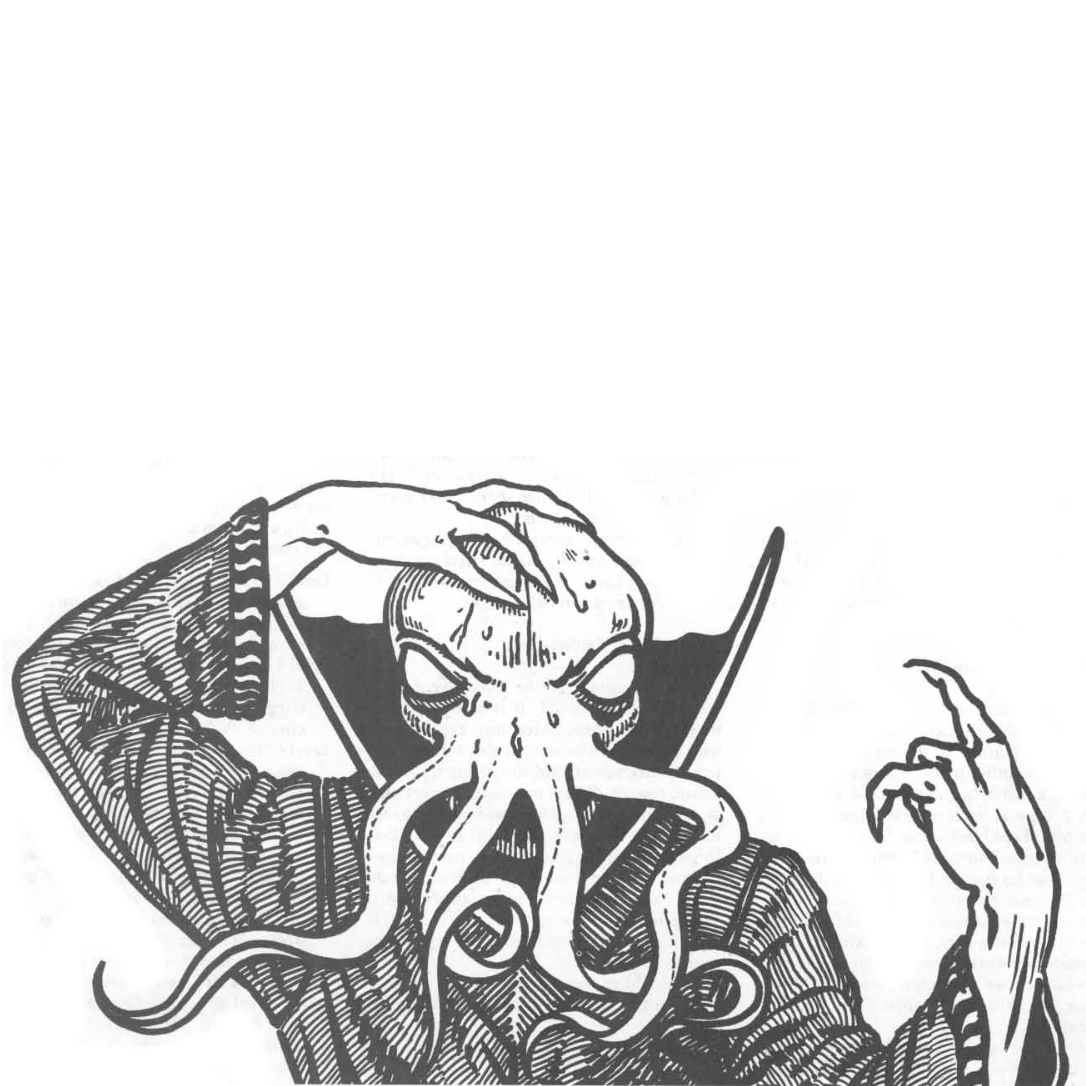I would like to talk a little bit, and hear your opinions, on something not too often mentioned when discussing action resolution mechanics and processes in tabletop roleplaying games. That is when during the process you do the roll. The endpoints on that spectrum can be called Go then Roll and Roll then Go. At their extremes
-
Go then Roll is declaring your action (I attack, I investigate etc) followed by a roll to see how well you did that action. Example: I attack the ogre - roll d20+mod vs AC - on hit do d6 damage.
-
Roll then Go often begins by declaring how you intend to tackle the obstacle (with finesse, by being offensive) followed by a roll and once you have the result of the roll you choose what is actually accomplished. Sometimes you even at this stage you say what your character actually does. Example: I directly engage the ogre with violence - roll [something] and count successes - spend successes on things in the scene such as dealing damage.
As with many other things my preference lies in the middle, a bit skewed towards Go then Roll. Most of my preferred systems lie there, Genesys and many (most?) PbtA to mention some. As I player I find myself more involved in my character’s actions and for longer. Less of a do stuff - roll - get result - hand over spotlight. It is a greater invitation to get engaged in the narrative. When GM-ing it is a bit the same, and more. Apart from dragging the players kicking and screaming into narrative responsibility (slight exaggeration) it is very insightful what the players/characters do after they have done their primary thing. After dealing damage do they got out of danger? Take the foe’s attention giving their mates space to recover? It just give me so much more.
Genesys does this by not only having success/fail in it’s roll resolution by also advantage/disadvantage. Adv/disadv can then be spent on activating abilities or changing (minor) things in the scene to mention a few options. Many PbtA have on some (many) moves “on hit choose one, on strong hit choose two” when when looking at what happens after the roll. Actually the PbtAs does this really well by presenting the result options in the same visual space as the roll mechanics, on the same move card. Visual design is game design.
Interested in hearing experiences, insights and opinions.


I think what works best depends a lot on the system and the style of dialogue that it wants for itself.
With “Go then Roll” you are declaring what your character intends to do, which may or may not correspond with what it ends up happening, and the game master is the one responsible to detail the outcome looking at the result. The reason why it’s the most common option is probably because it allows setting the difficulty according to the details of the action described by the player, or in other words, it allows the player to influence their chance of success by doing things well (offering a good argument when persuading a target, attacking an enemy’s weak spot, etc), or badly (saying something ridiculously unconvincing, attacking an enemy in an obviously ineffective way, etc).
With “Roll then Go”, you just indicate the approach without adding details, roll, and then have the game master give you a result. Only after knowing the result you describe what actually happens. This prevents certain situations that, while they aren’t problematic for my understanding of “Go then Roll”, can be frustrating for some (like the character describing an epic attack, or giving a great speech, knowing that their chances are high, only to then fumble the dice roll and having their action fail). Here the difficulty depends exclusively on the character’s stats and the “what” of the situation, and not the details of the “how”, which can be good or bad depending on how you like to play RPGs. On the other hand, it allows the player to describe their successes and failures as they actually happen, and not only as their characters intend them to.
Personally, I tend more towards “Go then Roll”, and it’s how I have always played, but I can see how some games can take advantage of “Roll then Go”, and wouldn’t mind trying it sometime.